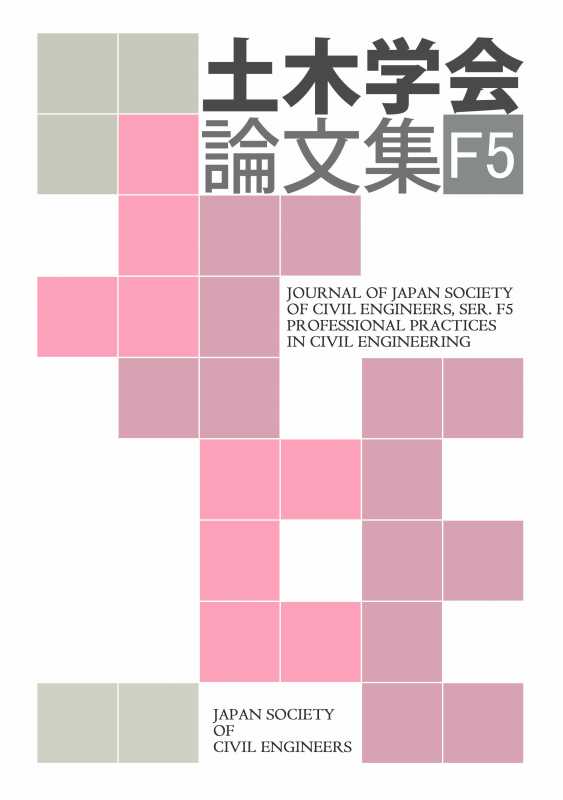Volume 76, Issue 1
Displaying 1-10 of 10 articles from this issue
- |<
- <
- 1
- >
- >|
Paper (In Japanese)
-
2020 Volume 76 Issue 1 Pages 1-13
Published: 2020
Released on J-STAGE: January 20, 2020
Download PDF (1234K) -
2020 Volume 76 Issue 1 Pages 14-25
Published: 2020
Released on J-STAGE: February 20, 2020
Download PDF (2211K) -
2020 Volume 76 Issue 1 Pages 26-42
Published: 2020
Released on J-STAGE: May 20, 2020
Download PDF (4340K) -
2020 Volume 76 Issue 1 Pages 52-65
Published: 2020
Released on J-STAGE: July 20, 2020
Download PDF (1086K) -
A CONSIDERATION OF USEFUL INFORMATION FROM DESIGN EXAMPLES IN CHINA CONSTRUCTION BRIDGES IN CAMBODIA2020 Volume 76 Issue 1 Pages 66-83
Published: 2020
Released on J-STAGE: August 20, 2020
Download PDF (5815K) -
2020 Volume 76 Issue 1 Pages 84-97
Published: 2020
Released on J-STAGE: November 20, 2020
Download PDF (3735K) -
2020 Volume 76 Issue 1 Pages 98-112
Published: 2020
Released on J-STAGE: November 20, 2020
Download PDF (5827K) -
2020 Volume 76 Issue 1 Pages 113-123
Published: 2020
Released on J-STAGE: December 20, 2020
Download PDF (3650K) -
2020 Volume 76 Issue 1 Pages 124-136
Published: 2020
Released on J-STAGE: December 20, 2020
Download PDF (2203K)
Technical Report (In Japanese)
-
2020 Volume 76 Issue 1 Pages 43-51
Published: 2020
Released on J-STAGE: May 20, 2020
Download PDF (403K)
- |<
- <
- 1
- >
- >|
